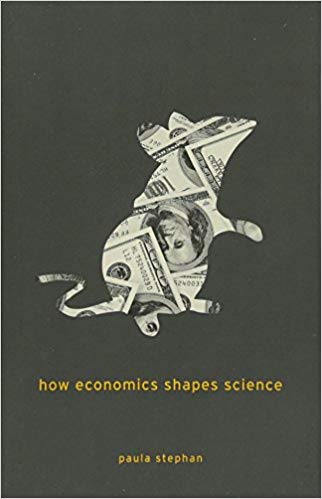Science in the Gilded Age and the Birth of NAS
Every issue explores cutting-edge developments in technology, medicine, education, climate change, and much more. Articles provide in-depth analyses of science and technology’s impact on public policy, the economy, and society—bringing today’s best minds to bear on tomorrow’s most critical topics.
Editor's Journal
History Lesson
When you’re watching Steven Spielberg’s terrific new movie Lincoln, remember that this was the same Congress that passed the Morrill Act and created the National Academy of Sciences (NAS). Although… Read More
From the Hill
From the Hill – Winter 2013
House, Senate Committees investigate meningitis outbreak After a meningitis outbreak this fall tied to a Massachusetts compounding pharmacy, House and Senate committees held hearings to investigate what happened, and members on both… Read More
Perspectives
The 21st-Century Land Rush
The International Food Policy Research Institute (IFPRI) recently reported that nearly three dozen countries designated as “alarming” or “serious” on its Global Hunger Index scale are leasing vast swaths of farmland… Read More
Real Numbers
Real Numbers: A Perpetual Imbalance?
Federal Funding of Physical Sciences and Engineering Research A major theme of the National Academies’ 2007 report, Rising Above the Gathering Storm, and a major premise of the 2007 America COMPETES… Read More
Features
Changing the Way We Account for College Credit
For centuries, the United States has been the envy of the world in terms of its higher education system. But now we are largely coasting on a bygone reputation, obscuring the… Read MoreNot a Hundred Millionaires: The National Academy and the Expansion of Federal Science in the Gilded Age
Shortly before the nation’s centennial, the physicist Joseph Henry, long admired abroad as well as at home, a onetime Princeton professor and the secretary of the Smithsonian Institution for a quarter… Read MoreStaying in School: A Proposal for Raising High-School Graduation Rates
High-school dropouts fare substantially worse than their peers on a wide variety of long-term outcomes. On average, a dropout earns less money, is more likely to be in jail, is less… Read MorePathways to the Middle Class: Balancing Personal and Public Responsibilities
The United States defines itself as a nation where everyone has an opportunity to achieve a better life. Correspondingly, everyone should have the opportunity to succeed through talent, creativity, intelligence, and… Read MoreThe Hidden Risks of Energy Innovation
Recent years have been disappointing for U.S. advocates of aggressive action on climate change. Efforts to pass comprehensive cap-and-trade legislation, which would have promoted the deployment of clean energy by making… Read MoreRIP: The Basic/Applied Research Dichotomy
U.S. science policy since World War II has in large measure been driven by Vannevar Bush’s famous paper Science—The Endless Frontier. Bush’s separation of research into “basic” and “applied” domains… Read MoreFour Technologies and a Conundrum: The Glacial Pace of Energy Innovation
The energy sector is the world’s largest market. Reaching billions of users, it accounts for approximately $5 trillion of economic activity and $1.8 trillion of trade annually, representing trillions of dollars… Read More
Archives – Winter 2013
The NAS Building at Dusk National Academy of Sciences Building, 2101 Constitution Avenue, NW, Washington, D.C. © 2012 Maxwell MacKenzie. The National Academy of Sciences is a private, non-profit society of distinguished… Read More

